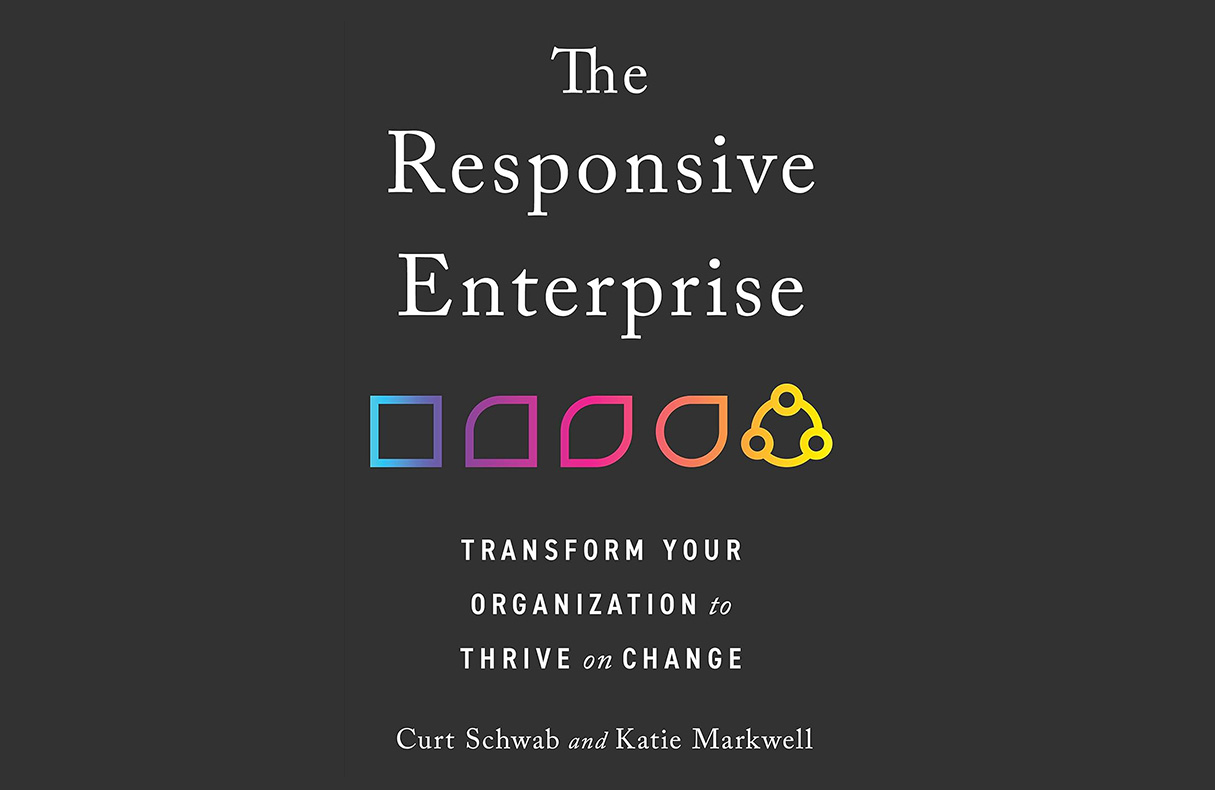“Enterprises may be systems, but they are not machines. The most important element in any enterprise is the human element: the people contributing to it.”
So writes Curt Schwab, Catalyte’s president of on demand, along with his co-author Katie Markwell in their book “The Responsive Enterprise: Transform your organization to thrive on change.” I spoke with Curt about this idea of talent at the core of business strategy, the systemic elements enterprises need to become responsive and what the ultimate value is in becoming a responsive enterprise.
The following transcript has been edited for length and clarity.
Adam Curtis: Curt, thanks for joining us. Before we get into the weeds on why talent is the most important element in any enterprise, can you please tell us why you wrote the book and how companies can become responsive enterprises?
Curt Schwab: In the past five years, we’ve seen an acceleration of change. And that requires a different set of solutions. This book provides a framework to help solve some of those challenges and build a more resilient and responsive enterprise.
Organizations need three things to become a responsive enterprise:
- Customer centricity: This is ultimately what will create the differentiators in today’s marketplace. The interactions with your customers is where you’re unlocking the value of customer experience.
- Operational excellence: These are the systems that allow a business to repeat things that create value.
- Enterprise agility: This takes Agile software development methodologies and applies them to cross-functional areas of a business.
AC: Those three areas really focus on the systems needed to become responsive. In the book, you also focus on the importance of the human element in responsive enterprises. How does the human element fit into those three categories of customer centricity, operational excellence and enterprise agility?
CS: The human element is the most important, and also the most complex, element of a responsive enterprise. People are the number one differentiator that’s going to drive value, regardless of industry. Distilling it down, it’s really the ability to have connectivity and feedback loops across an organization. Break down all of the silos, have an agile mindset and be responsive to change.
AC: Along with talent, change is a major component in the book. Connect those two themes for us.
CS: I think we need to take a different perspective on talent acquisition, especially in areas that are moving very quickly, like cybersecurity, cloud and AI/machine learning. There’s a very large talent gap in these areas. Organizations should open up their talent aperture and look for people with the aptitude to succeed, but maybe not with the resume or education or credentials that they’ve done these things before. It’s almost impossible to find the number and quality of people who can succeed in those roles if you continue traditional ways of hiring.
What you’ll also see from this is that individuals with “nontraditional” backgrounds have the grit and determination to get through wave after wave of change.
If you’re identifying individuals that just check the boxes of education or work experience, you’re not checking off on some of the most important things: grit, determination, ability to see things through. Those are the most important factors and what enterprises need more than ever right now. Those people who reach out and embrace change are going to be the ones that contribute to organizations being successful.
AC: The purpose of becoming a responsive enterprise isn’t just to become more responsive. Organizations have to see value from this evolution. What is the ultimate business value then when organizations align responsiveness, talent and change?
CS: In the Forrester Research study we commissioned for the book, this was the exact question we wanted to answer. What we found, and what the data supported, was that about one in six organizations feel that they are prepared for change. Those that do have a massive advantage over the five that don’t.
The data shows there are real, clear benefits for organizations if they become more responsive. Those organizations saw a 60% increase in top-line revenue and in operational efficiency and performance compared to those that didn’t feel prepared for change.
This post is adapted from a Sourcing for Innovation podcast. You can watch a preview of and listen to the whole conversation below.


